Soil erosion is common on horse farms. Walk around your farm and you’ll probably see tell-tale collapsing of soil on hillsides and ledges. During a hard rain, is the water running down your hills dark and muddy? This is a sign of soil erosion as well.
Erosion carries off the upper layers of your soil, which are rich in nutrients. Stripped soil is less productive and less nutritious for your horses.
When soil washes downhill, it usually ends up in streams, rivers, and lakes. This changes the water, ruining the environment for plant and animal life. It has a destructive impact on our entire ecosystem.
Erosion on many horse farms can be attributed to horses eating grass faster than it can grow. This happens if you have too many horses for your acreage and climate. It can also occur if you don’t manage your horses’ access to different pasture areas, leaving some pasture under-grazed and other pasture over-grazed.
When horses eat all the grass, weeds grow in its place. Most weeds don’t create a network of strong, supportive roots the way that grasses do. When horses walk on weedy ground, hard rains fall, snow melts, or strong winds blow, the soil breaks off and is carried away.
The key to preventing erosion is to maintain healthy grass where you can. And where you cannot maintain healthy grass, stabilize the ground to keep it from washing away into watershed.
Here’s what you can do:
- Check your pastures regularly for stress. Is there plenty of grass remaining? Are there new grass plants developing? Or are there weeds? Are there large patches of dirt without any growth?
- Rotate your pastures. Give each pasture a two- to three-week break each season so the grass can rest and re-grow.
- If you have few enough horses that your grass grows high, mow it. This helps to keep weeds from taking over the grass.
- Create sacrifice areas if you don’t have enough acreage for proper pasture rotation. A sacrifice area is a portion of land that you just accept will be grass-free. Keep horses there while you rest your pasture.
- Install Lighthoof in your sacrifice area to prevent the soil from eroding.
High traffic areas, like a sacrifice area can be a source of mud and erosion. It’s important to stop erosion before it starts!
Don’t worry if erosion has begun on your farm. You can keep it from getting worse and repair the sensitive areas. With clever cross fencing and support from Lighthoof in the areas that are most prone to erosion, you can have stable ground and healthy soil even on small farms with many horses.
Subscribe to updates for more pasture and paddock management advice!

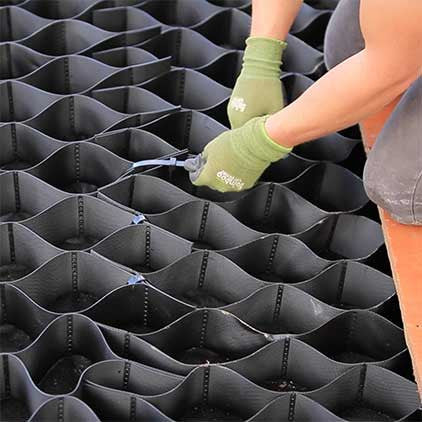
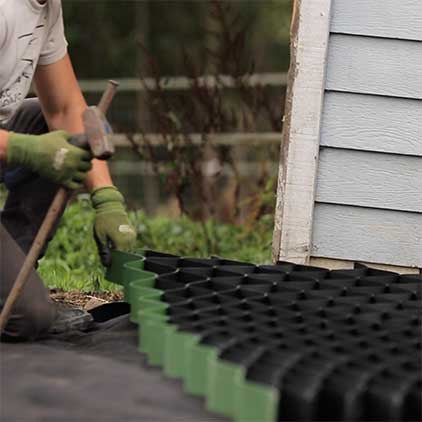
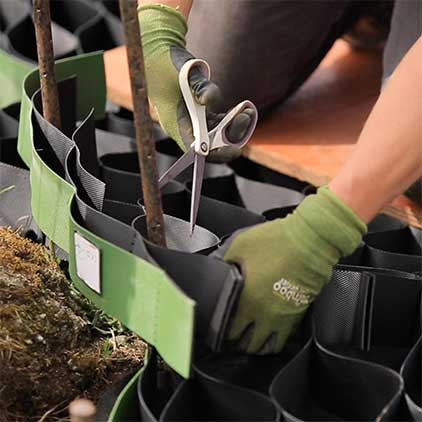
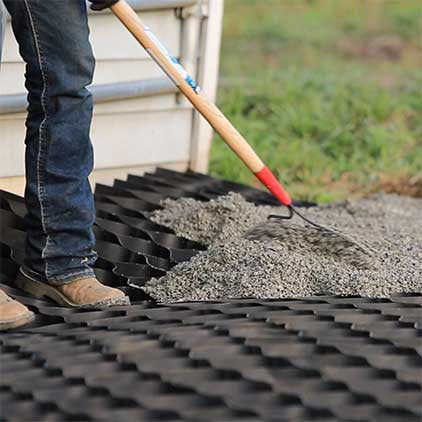
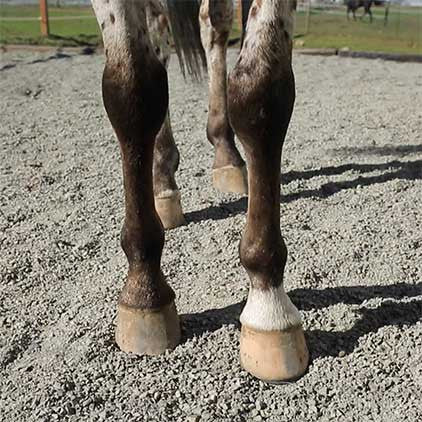
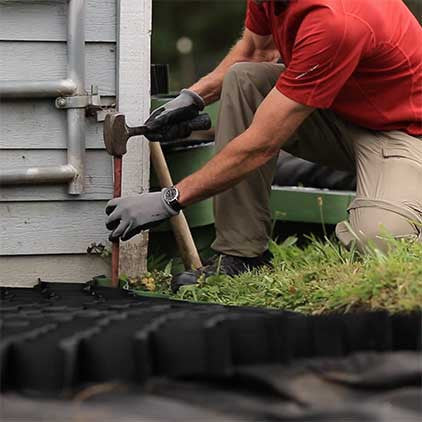
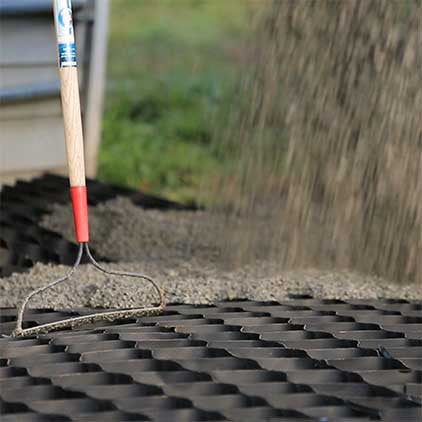
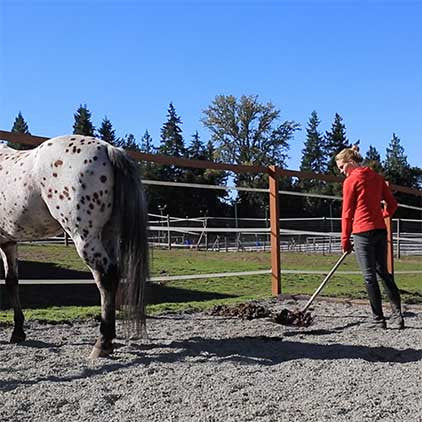
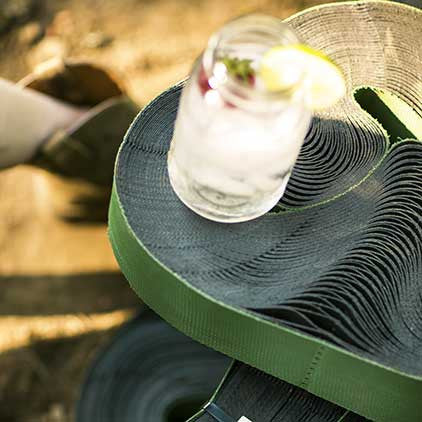

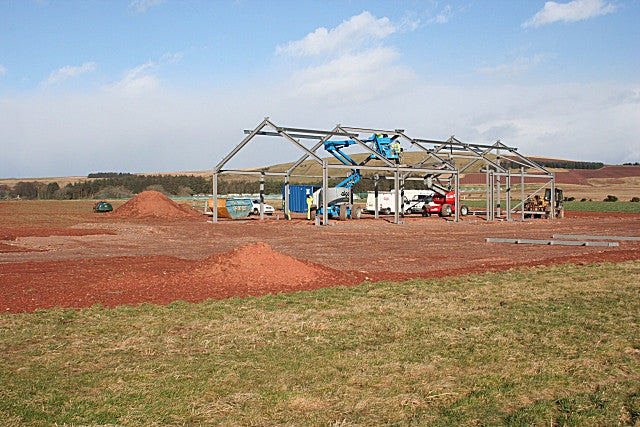
Leave a comment
This site is protected by reCAPTCHA and the Google Privacy Policy and Terms of Service apply.